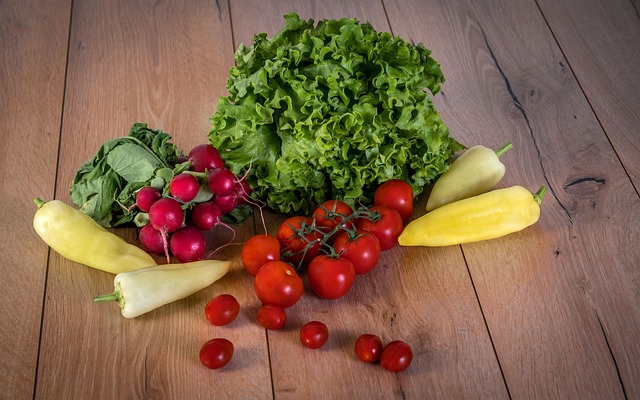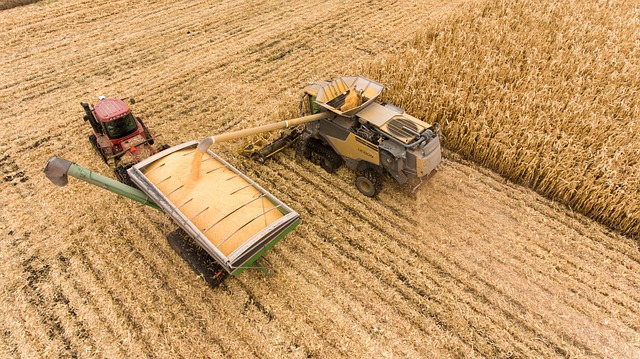Driving Rural Development: The Future of Sustainable Agriculture through Transport Sustainability
In the vast tapestry of our planet, rural areas often hold the threads of traditional knowledge, culture, and agriculture. As we navigate the challenges of our time, the synergy between sustainable agriculture and transport sustainability emerges as a beacon for rural development. This interplay not only nourishes the land but also uplifts the communities that depend on it.
Sustainable agriculture is more than just an agricultural method; it’s a philosophy that embraces ecological balance, economic viability, and social equity. The cultivation of crops and rearing of livestock must be harmonized with the ecosystems in which they exist. But to truly maximize the potential of sustainable agriculture, we must consider how we transport both goods and ourselves. Transport sustainability encompasses the techniques and practices aimed at minimizing the environmental impact of transporting goods, making it a critical component of agricultural success.
In many rural communities, inadequate transport infrastructure stifles access to markets, limits the distribution of fresh produce, and hinders farmers’ ability to obtain necessary supplies. By investing in sustainable transport solutions—like electric vehicles, improved road networks, and rail systems tailored for agricultural needs—we can transform the accessibility of rural areas. This not only boosts local economies but also reinforces the principles of sustainable agriculture by reducing carbon footprints, thus ensuring that the land remains viable for future generations.
Take, for example, the implementation of local food hubs. These hubs serve as a central location where farmers can bring their products, reducing the need for long-distance transport. With strategic planning, these hubs can be integrated into existing transport frameworks, optimizing distribution routes and lowering emissions. This model not only enhances the viability of local markets but also empowers smallholder farmers, ensuring they receive fair prices for their goods.
Moreover, promoting the use of renewable energy in transportation directly supports the tenets of sustainable agriculture. Solar-powered vehicles or biofuel options derived from waste products have the potential to minimize ecological impacts while providing viable transportation solutions. As technology evolves, the integration of smart logistics powered by artificial intelligence can further refine the efficiency of transport, ensuring that produce is delivered fresh and sustainably.
Rural development is about more than simply improving infrastructure; it’s about fostering a culture of innovation and collaboration among communities. By encouraging partnerships between local governments, agricultural organizations, and private sector players, we can cultivate a holistic approach to rural development. Initiatives like community-led transport solutions and shared logistics platforms demonstrate how collective efforts can yield substantial benefits, drawing on the local knowledge that exists within these communities.
Finally, education plays a pivotal role in steering both sustainable agriculture and transport sustainability towards a harmonious future. Training programs that focus on modern techniques for both farming and transport not only equip individuals with knowledge but also foster a sense of agency. As we engage the next generation in these practices, we shape a narrative where sustainability is woven into the fabric of rural identity, driving a movement that respects both the land and the community.
The journey towards a sustainable future for agriculture intertwined with transport sustainability will undoubtedly require commitment, vision, and collaboration. But as we see the fruits of our labor—thriving rural economies, resilient ecosystems, and vibrant communities—the path ahead becomes clear. Embracing these practices not only fuels growth but also lays the groundwork for a legacy we can be proud of, ensuring that rural development and sustainable agriculture flourish side by side for generations to come.




